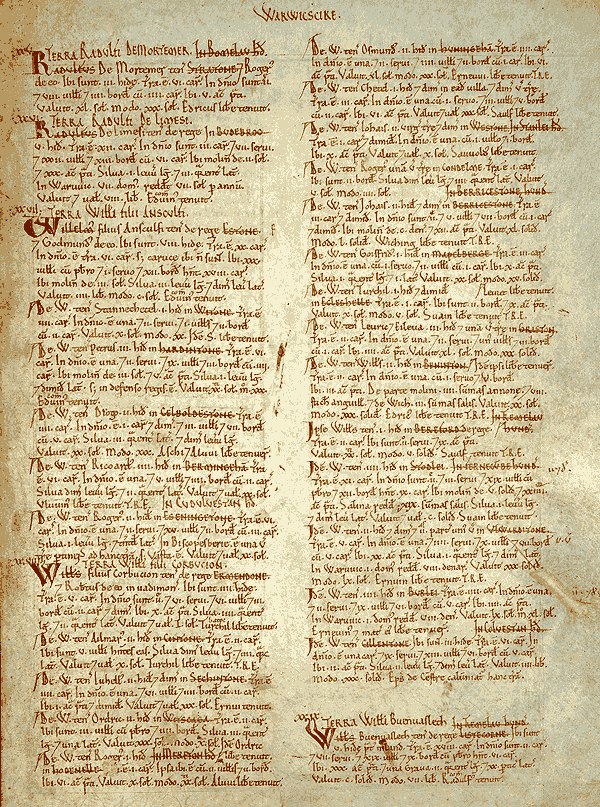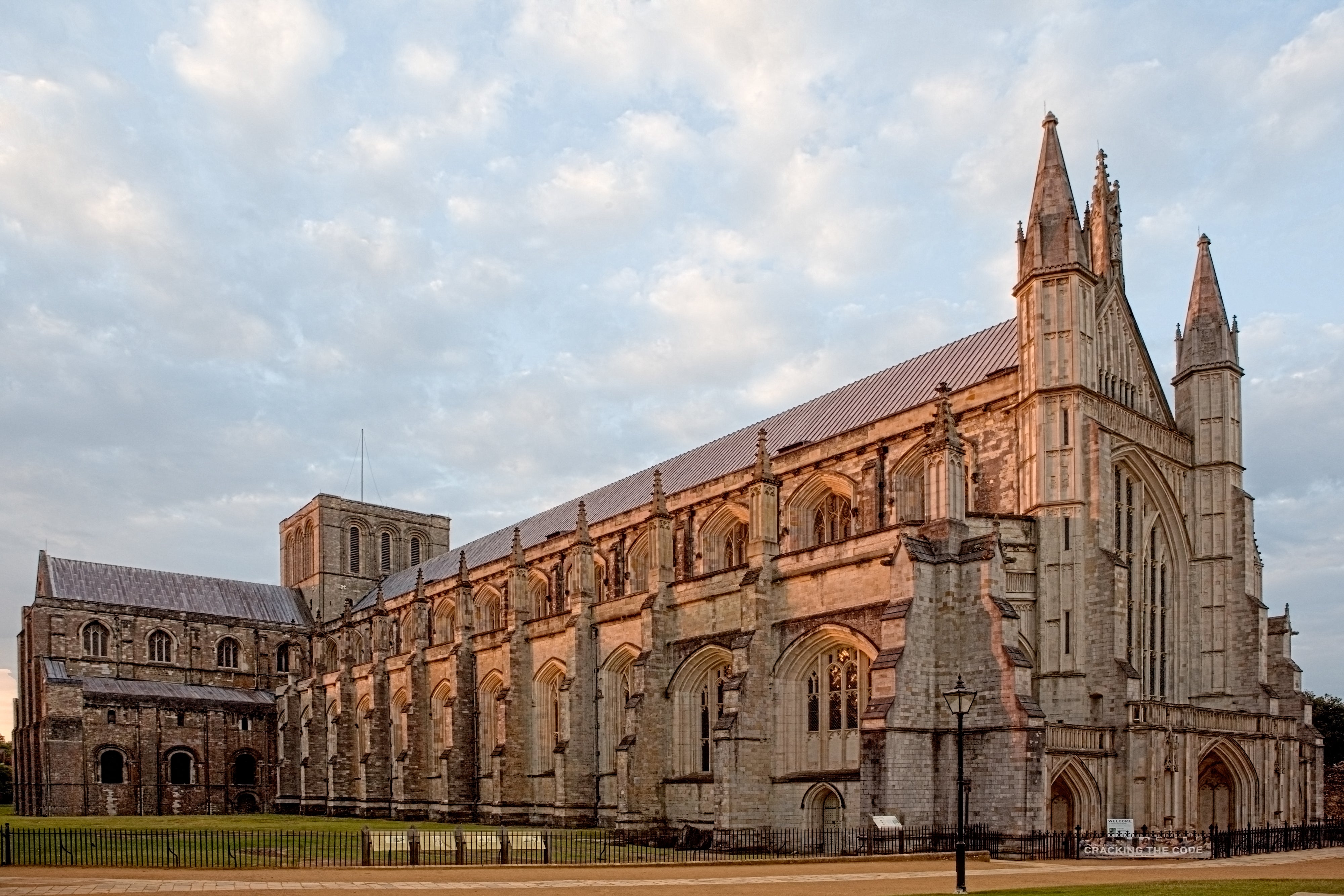New research shows a trusted Norman monk was behind Domesday Book
Exclusive: A scribe from Normandy helped William the Conqueror subjugate England

Historical researchers have for the first time ‘identified’ the man who wrote one of the world’s most important manuscripts, England’s Domesday Book.
Until now, historians knew only why and approximately when that most famous of medieval books was written but did not know where it was produced or by whom.
New research has now revealed that Domesday – a detailed survey of England – was produced in a monastery attached to Winchester Cathedral. At least 80 per cent of it was written out by just one man: an extremely skilled scribe, almost certainly based in that monastic institution.
The survey formed part of one of medieval history’s most important periods, the Norman subjugation of England.
The only major detail that researchers don’t yet have about the Domesday scribe is his name, but they have succeeded in piecing together parts of his life story. The research, involving comparisons between the handwriting of different scribes, has been carried out by two leading UK palaeographers – Michael Gullick, an independent scholar, and Professor Susan Rankin of the University of Cambridge.
Currently known as “Scribe R”, the newly discovered “writer” of Domesday almost certainly came to Winchester from Rouen in Normandy.
Quite apart from writing most of the 700,000 words of Domesday, the research shows he was also involved in the production of numerous other manuscripts and made copies of music for ecclesiastical chants.
Indeed, it is those musical manuscripts which helped lead the experts to identify him as having also written Domesday Book.

Domesday was a total economic and wealth assessment survey of England carried out by William the Conqueror’s government in 1086. The survey was then turned into an 800-page report (the Domesday Book itself) sometime between late 1086 and the late 1080s.
Historians now face the task of revealing the true identity of ’Scribe R’. The new research strongly suggests he wrote Domesday Book in Winchester Cathedral Priory, a Benedictine monastery attached to the cathedral, making it conceivable his original workplace was also a Benedictine monastic community – potentially the Benedictine monastery in Rouen, Saint Ouen’s Abbey.
The head of Winchester Cathedral Priory – a monk called Simeon. and his brother, Winchester Cathedral’s Norman bishop, a cleric called Walkelin – may both have been cousins of William the Conqueror and certainly owed their jobs directly or indirectly to the king’s patronage. Indeed, Walkelin had been William’s royal chaplain and Simeon had been a monk at Saint Ouen’s.
Walkelin had almost certainly also been a senior cleric in Rouen, and the head of Saint Ouen’s Abbey – another senior cleric, by the name of Nicholas – was one of William the Conqueror’s cousins and had helped finance William’s 1066 conquest.
However, the monk who was in charge of Winchester Priory when Domesday Book was being produced was a much younger man who had succeeded Simeon. His name was Godfrey of Cambrai and he had almost certainly been one of Walkelin’s proteges, identified in France as a promising young student and brought over to Winchester in 1070.
If Godfrey of Cambrai was not the ultra-competent scribe who wrote out Domesday Book, he was almost certainly the man who oversaw the process.
Producing Domesday was a major government undertaking. Gathering all the economic information about more than 13,000 English towns and villages involved literally hundreds of government officials and others. Nothing like it had ever been attempted anywhere in Europe before.
Delegating the key task would have been of such political importance that keeping it in trusted elite Norman circles would have been seen by William the Conqueror as having significant political advantages. It also probably helped ensure that the job was done quickly.
However, the year after the writing started, William fell ill in Normandy and died within six weeks.
The 800-page book probably took up to two years to complete, and it was probably finally presented to William’s son and successor, William II.
It lays out in huge detail the sheer scale of the Norman takeover of England’s land, wealth and power (cataloguing literally every farm, every cow, every pig, every woodland, every plough team and every meadow) – and the transfer of all the power and wealth to a tiny Norman elite.
Prior to the Norman conquest, land in England had been held by around 4,000 top landholders. William’s political, economic and ethnic revolution systematically removed virtually all of them and replaced them with just 300 Norman top landholders (200 barons and 100 bishops).
Domesday Book recorded and “froze” a situation in which all the land in post-Norman-conquest England was primarily held by just 0.02 per cent of the population. That concentration of wealth helped determine key aspects of England’s social and economic history for hundreds of years.
Join our commenting forum
Join thought-provoking conversations, follow other Independent readers and see their replies
Comments
Bookmark popover
Removed from bookmarks